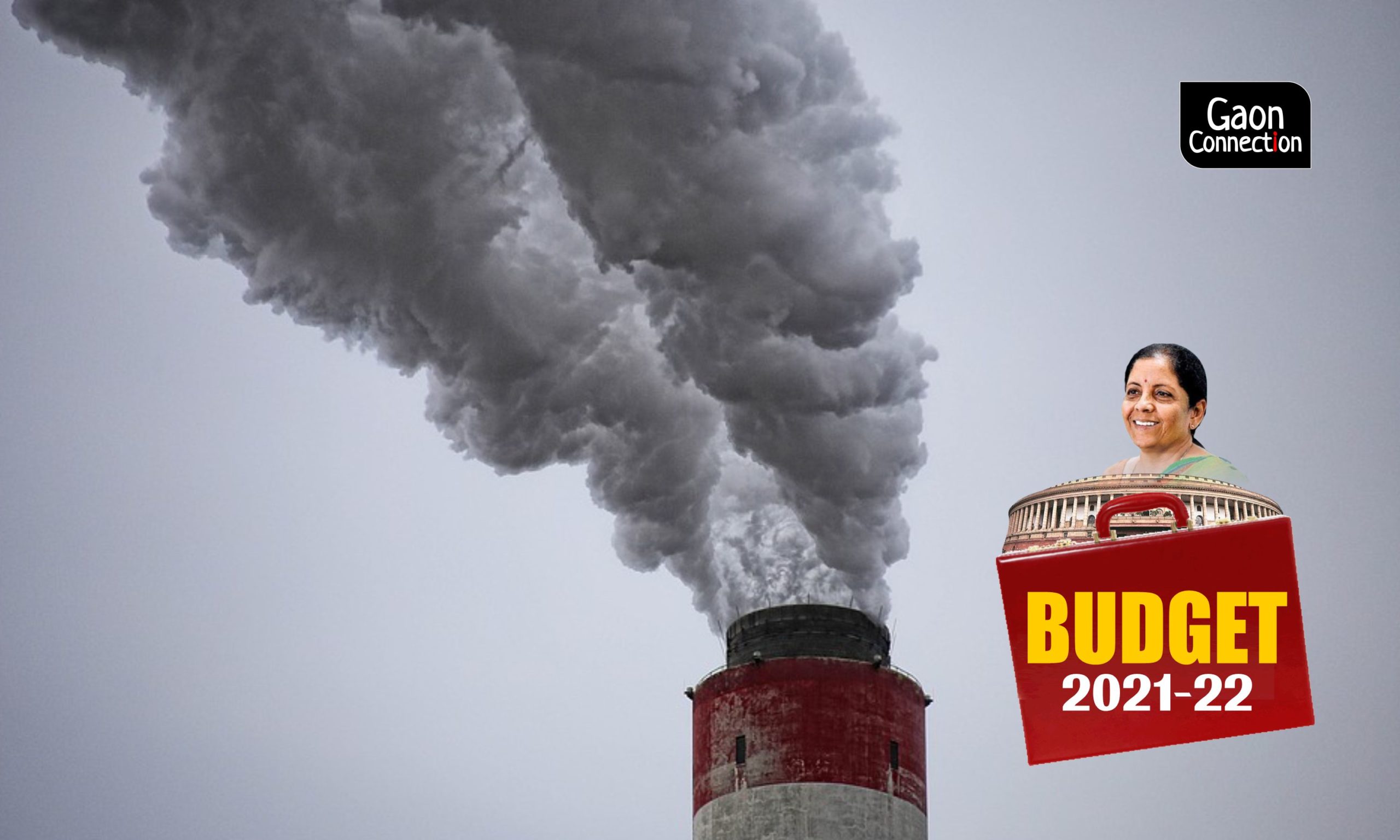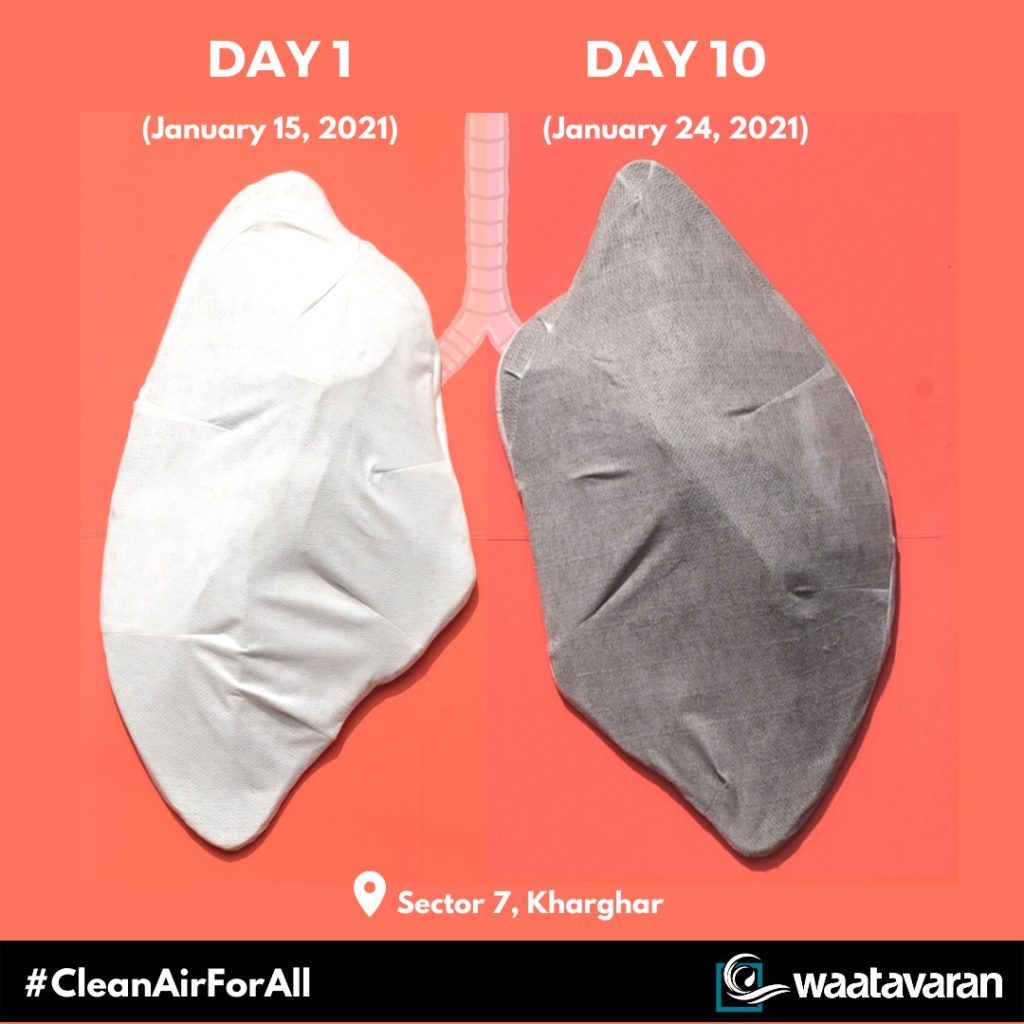Union Budget 2021: Funds to tackle air pollution slashed by half. About 1.69 million people annually die in India due to air pollution
In the last Budget 2020, a sum of Rs 4,400 crore was allocated towards controlling air pollution, but this largely remained unutilised. In the Budget 2021-22, the allocation has been reduced to Rs 2,217 crore, a drop of 50 per cent.


This morning, Union finance minister Nirmala Sitharaman presented the Union Budget 2021-22 in Parliament. She announced new schemes and informed about funds allocated towards various sectors such as health, agriculture, energy and infrastructure.
A sum of Rs 2,217 crore has been allocated for 42 urban centres with more than a million population to tackle air pollution. This is half of the Rs 4,400-crore funds earmarked for air pollution control in Budget 2020.
Air pollution is a public health emergency in India. About 1·67 million deaths were attributable to air pollution in the country in 2019 — accounting for 17·8 per cent of the total deaths in the country. The majority of these deaths were from ambient particulate matter pollution (0·98 million) and household air pollution (0·61 million).
Environmental researchers and health activists have questioned the reduction in budgetary allocation at a time when cities are facing high air pollution. They have also raised concerns over the non-transparent manner in which funds are allocated.
“The budget on air pollution is encoded as there was an allocation of Rs 4,400 crore in Budget 2020, but only Rs 2,200 crore was given to cities to tackle air pollution,” Bhagwan Kesbhat, founder of Waatavaran, a non-profit working on clean air, told Gaon Connection. “There is no report card of the last budget’s allocations. And without transparency in these allocations, how do we monitor progress? Just allocating money or making announcements is not enough,” he added.
Recently, a pair of artificial lungs installed by Waatavaran in Kharghar, Navi Mumbai, Maharashtra, turned jet black in the space of 10 days, indicating how highly polluted the air was.

“Budget 2021-22 saw a drop in funds for air quality improvement. Incidentally, last year’s funds remained largely unutilised by urban local bodies,” Ajay Singh Nagpure, director, air quality, World Resources Institute (WRI) India, told Gaon Connection. “This year, a concerted effort by states and cities to develop capacity will help use the allocated funds efficiently and impact on-ground change,” he said.
Clearly, at a time when cities across India are facing high levels of air pollution, funds remaining unutilised is unacceptable. Every year, during the onset of winter, air quality in the national capital region of Delhi hits the ‘severe’ category and the farmers of Punjab and Haryana who burn stubble to prepare their fields for rabi crops are blamed for it.
“In order to comment on budget reduction in air pollution, it is first necessary to analyse the spending in the last budget and what difficulties municipal corporations faced in spending the allocated money,” said a New Delhi-based researcher working on clean air.
“Urban local bodies received the first tranche of air pollution control funds only as late as October-November last year. So, funds remaining unutilised is understandable,” he added. According to him, there was also a lack of clarity on how these air pollution funds had to be used.
According to Anumita Roy Chowdhury, executive director (research and advocacy) of New Delhi-based Centre for Science and Environment, getting dedicated funds for air pollution control is a step in the right direction. “But going forward, we need performance based budget with clear indicators on where the money is being spent. We need verifiable air quality improvement,” she told Gaon Connection.
“The funds are given directly to the urban local bodies. We do need to strengthen local action, but we also need airshed approach as air pollution is a regional issue and does not limit itself to municipal boundaries,” she added.
She also pointed out how the money allocated last year was received very late by the urban local bodies, hence they never got sufficient time to spend the funds.
Public transport gets a fillip
Meanwhile, in her budget speech, Sitharaman announced additional allocation for public transport. She allocated Rs 18,000 crore for a new scheme to augment public bus transport. She also informed that MetroLite and Metro New Technologies will be deployed to provide metro rail systems in tier-2 cities and peripheral areas of tier-1 cities, at much lesser cost, with the same user experience, convenience and safety.
“With infrastructure and inclusive development as one of Budget 2021-22’s six pillars, public transport has received a fillip. Allocation of Rs 18,000 crore for public buses in urban areas, pushing for 100 per cent electrification of broad gauge rail tracks and bringing down the logistics cost for the Railways by 2030, and the introduction of Metro-lite and Metro-neo for smaller cities, will impact people’s commuting patterns,” said OP Agarwal, chief executive officer, WRI India.
In urban India, the impact of more public buses has a gender perspective too. “According to the last census, 17 per cent of working women, and only 10 per cent men, use buses to commute to work. An additional bus fleet across cities, and better quality buses, will benefit women immensely,” said Vandana Vasudevan, senior fellow, WRI India.

